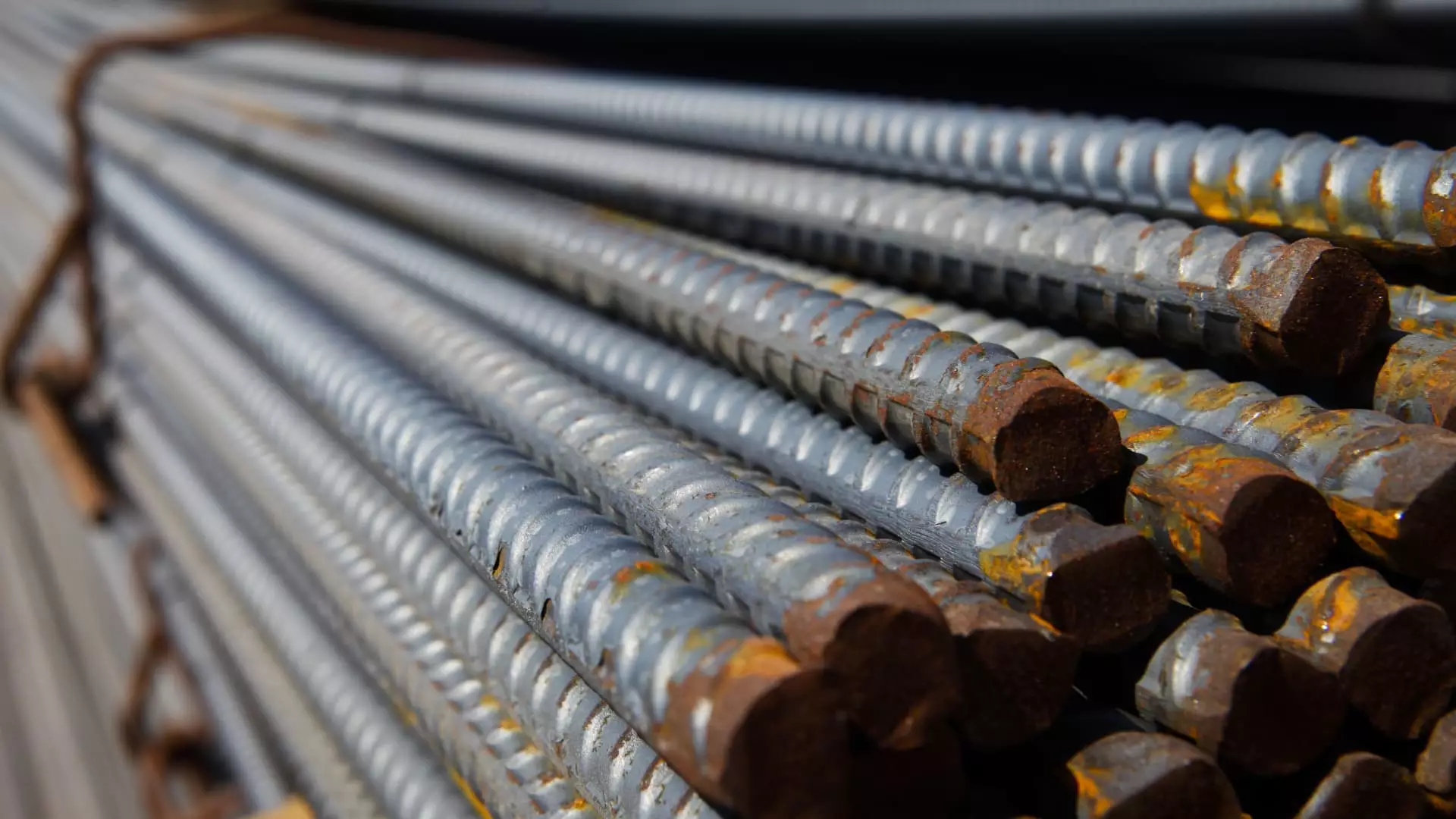In recent developments, the U.S. steel industry is experiencing a shift due to President Donald Trump’s introduction of tariffs on steel imports. The administration imposed a significant 25% tariff on imports from Mexico and Canada while levying a 10% tax on goods from China. Initially, such measures were expected to bolster domestic steelmakers by providing them with an opportunity to raise prices and enhance production. Following the announcement, the stock market seemed to show mixed reactions, with the Dow Jones Industrial Average fluctuating significantly.
As Wall Street analyzed the new tariff landscape, steel stocks displayed volatility. Companies like Nucor and U.S. Steel had brief upticks but faced challenges in sustaining their momentum. The excitement over potential price increases for domestic steel quickly blended with concerns over longer-term demand factors and market conditions. As the immediate effects spark initial optimism, stakeholders must navigate a more complex marketplace.
The backdrop of these tariff impositions is the longstanding battle U.S. steelmakers have faced against cheap foreign imports, often perceived as unfair competition due to practices like illegal dumping. Nucor’s CEO, Leon Topalian, explained that the practice of selling foreign steel at lower prices than what is typically seen in domestic markets has created significant disadvantages for U.S. firms. This has bred a complicated framework where steel prices remain suppressed, undermining the viability of domestic manufacturers.
Canada and Mexico rank among the leading steel exporters to the U.S., suggesting that tariffs aimed at these nations could result in a considerable shift in the competitive landscape. While the tariffs are designed to protect domestic industries, their execution raises questions about their effectiveness and sustainability over time.
Market experts express cautious optimism about tariffs, acknowledging that although they may temporarily support higher prices, underlying demand and production capacities present challenges. Morgan Stanley, for example, suggested that U.S. steel prices could gradually recover following a tumultuous year. Their analysts anticipate a modest recovery trajectory due to the protective nature of added tariffs and their ripple effects within the economy.
However, Morgan Stanley and others, like UBS, caution about potential headwinds that could dampen demand. A crucial aspect of this demand is the auto manufacturing sector, which accounts for approximately 25% of U.S. steel consumption. Analysts have warned that projected reductions in auto production may pose risks to the overall demand for steel, overshadowing the positives engendered by tariffs.
The Future of U.S. Steelmakers
Despite the potential temporary gains from tariffs, analysts at Bank of America Securities provided insights into longer-term dynamics that could negatively affect U.S. steel companies. The anticipated reduction in auto production could notably impact steel demand, pressuring prices and consequently the revenues of steel manufacturers.
Additionally, recent consolidation talks—such as a proposed acquisition of U.S. Steel by Japan’s Nippon Steel—have highlighted the competitive pressure domestic companies face. The failed acquisition under the Biden administration points to an ongoing struggle for U.S. steelmakers to innovate and adapt in a tightly contested global market. This uncertainty leads to further questions regarding the long-term viability of the industry.
As the U.S. steel industry grapples with the implications of the recent tariffs, a nuanced perspective is necessary to understand the enduring impacts on market dynamics. While analysts note temporary boosts in pricing power and domestic production, the looming specters of subdued demand, competitive pressures, and consolidation challenges suggest that the road ahead may not be as straightforward as it appears. For stakeholders, the key will be to adapt to these fluctuating conditions, leveraging protective tariffs while innovating to maintain a sustainable competitive edge in a rapidly evolving landscape. The interplay between tariffs and market fundamentals, therefore, remains a central theme that industry leaders must navigate with caution.

